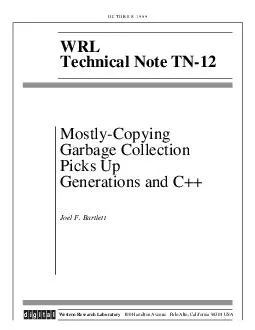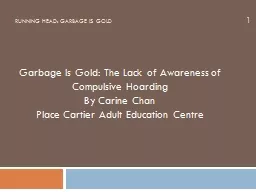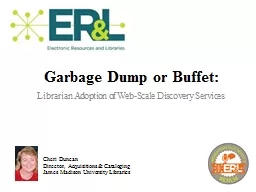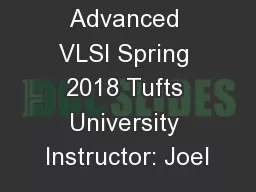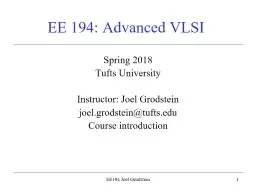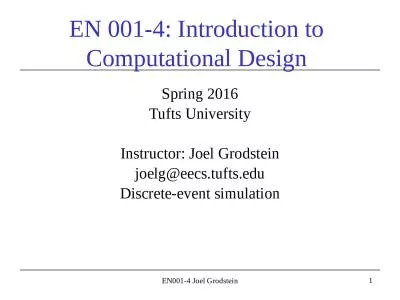PDF-O C T O B E R WRL Technical Note TN MostlyCopying Garbage Collection Picks Up Generations
Author : stefany-barnette | Published Date : 2014-10-18
Bartlett Western Research Laboratory 100 Hamilton Avenue Palo Alto California 94301 USA The Western Research Laboratory WRL is a computer systems research group
Presentation Embed Code
Download Presentation
Download Presentation The PPT/PDF document "O C T O B E R WRL Technical Note TN ..." is the property of its rightful owner. Permission is granted to download and print the materials on this website for personal, non-commercial use only, and to display it on your personal computer provided you do not modify the materials and that you retain all copyright notices contained in the materials. By downloading content from our website, you accept the terms of this agreement.
O C T O B E R WRL Technical Note TN MostlyCopying Garbage Collection Picks Up Generations: Transcript
Download Rules Of Document
"O C T O B E R WRL Technical Note TN MostlyCopying Garbage Collection Picks Up Generations"The content belongs to its owner. You may download and print it for personal use, without modification, and keep all copyright notices. By downloading, you agree to these terms.
Related Documents

